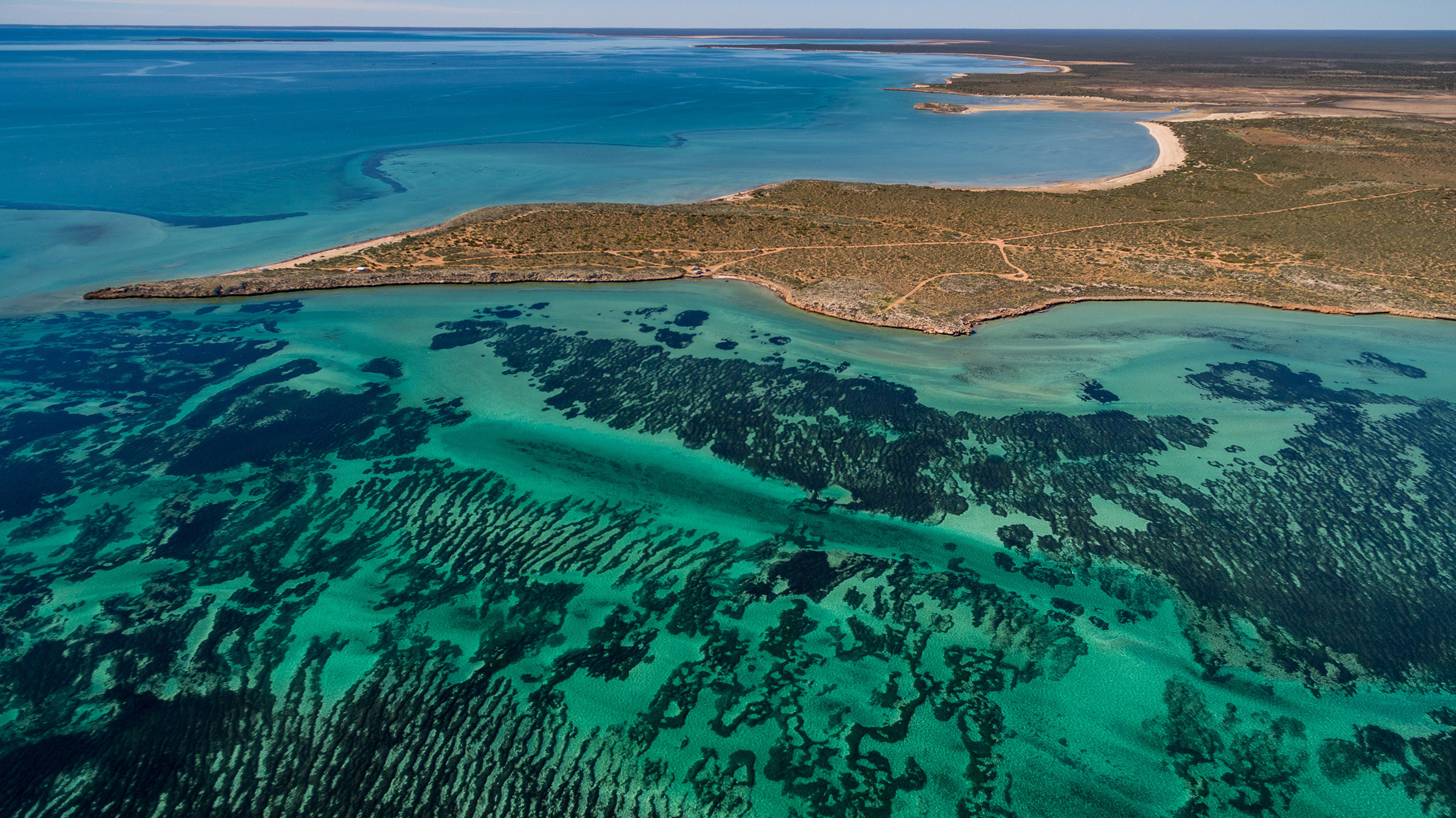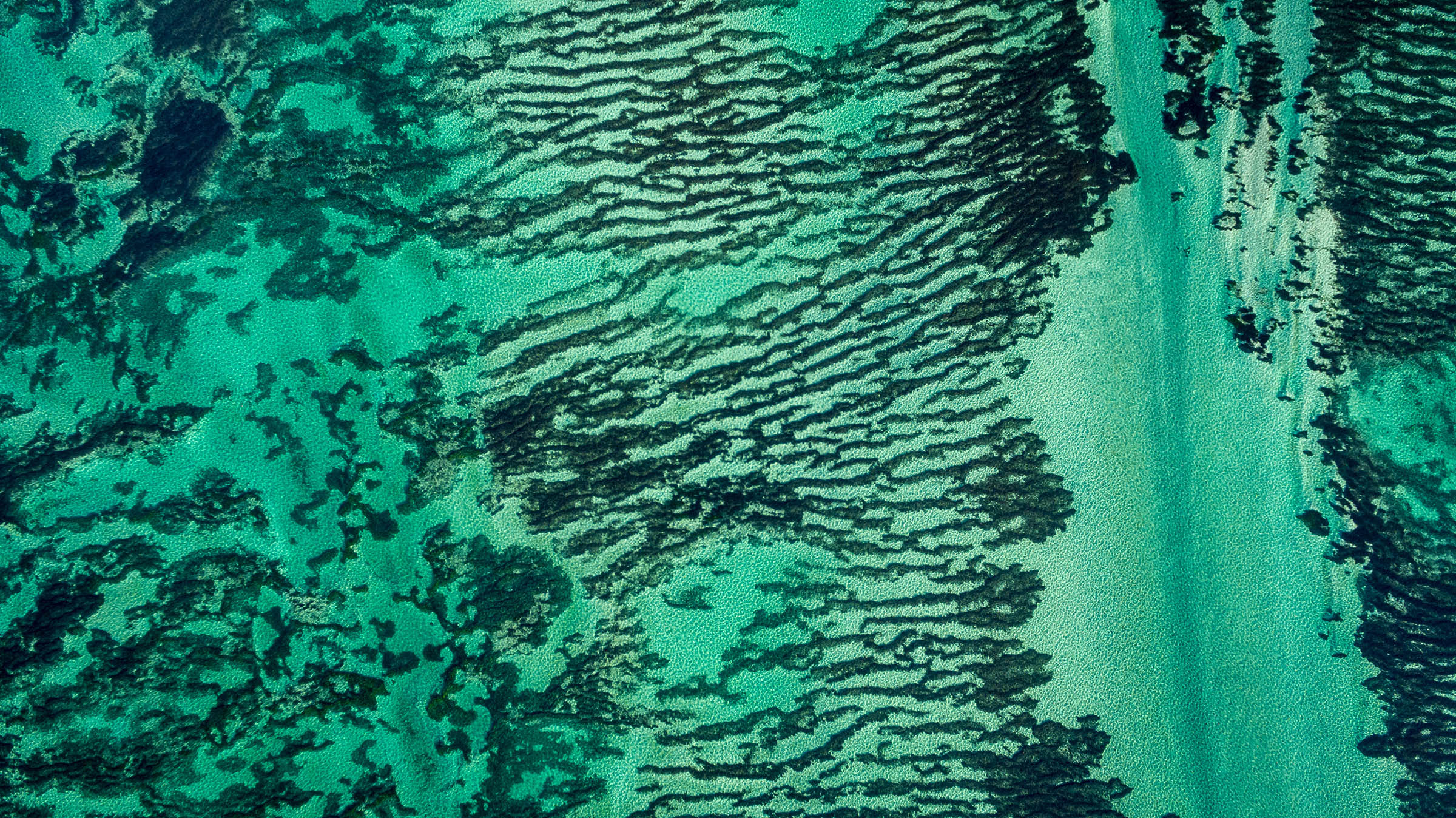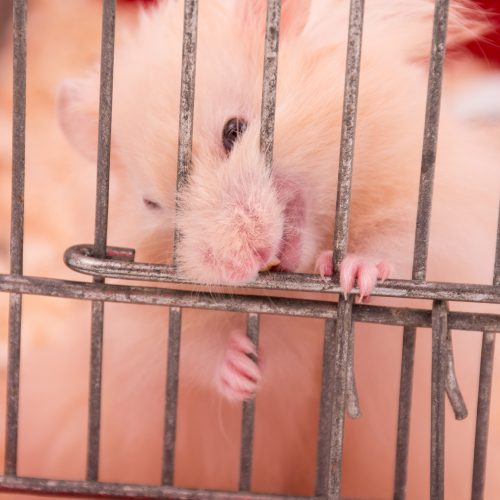Scientists say they’ve found the world’s largest plant. The discovery was made off the coast of Western Australia and the plant in question is a mass of sprawling seagrass. Scientifically known as Posidonia Australis, the seagrass expands more than 112 miles into a wilderness area known as Shark Bay.
This seagrass is the world’s largest plant

The seagrass has grown so large by utilizing a cloning system. Essentially, it created genetically identical offshoots of itself. These offshoots then grow and add to the mass. Seagrass is typically so dense, that scientists say they are often asked how many different plants live within a meadow.
This time, the team used genetic tools to investigate, and it discovered the world’s largest plant in the process.
The researchers published their findings in the journal Proceedings of the Royal Society B. To find these answers, the researchers took samples from all across the meadow in 2012 and 2019. Alongside the samples, they also measured the environmental conditions. This included information about the salinity of the water, the temperature, and the depth.
They discovered that every sample they had taken returned the same genetic markers. As such, the seagrass appears to be one massive organism, making it the world’s largest plant.
Scientists told CNN that the seagrass has continued to expand from the same rootstalk, similar to buffalo grass. It also appears to be similar to the world’s largest organism, the quaking aspen forest known as Pando.
An ancient organism

But the seagrass meadow in Shark Bay isn’t just the world’s largest plant, it’s also an ancient organism. Scientists believe the seagrass is roughly 4,500 years old. However, it isn’t the oldest plant that we know of, as scientists believe a Posidonia oceanica plant found in the western Mediterranean is more than 100,000 years old.
Altogether, the ancient organism stretches almost 200 square kilometers. That’s 77 square miles, or 49,000 acres. This makes it much larger than the Pando Forest we mentioned earlier, which is under 110 acres. Unlike the Pando Forest, which is being eaten alive, the seagrass at Shark Bay appears to be thriving.
Additionally, seagrass doesn’t require any kind of sexual reproduction to clone itself. As such, scientists believe it could exist and expand indefinitely. This could, ultimately, allow it to remain the world’s largest plant for quite some time. At least, until scientists discover another plant or organism that can outgrow it.










